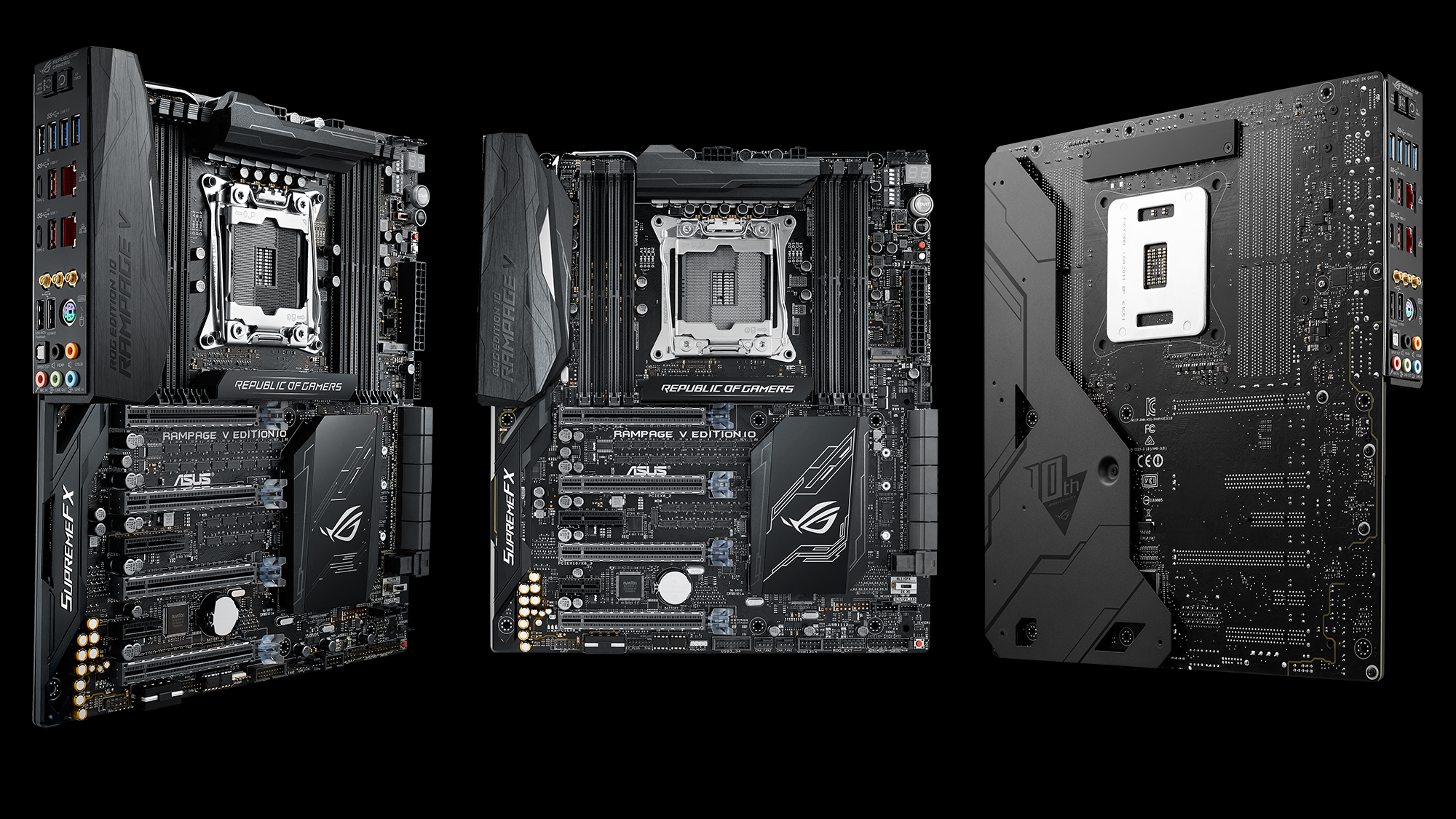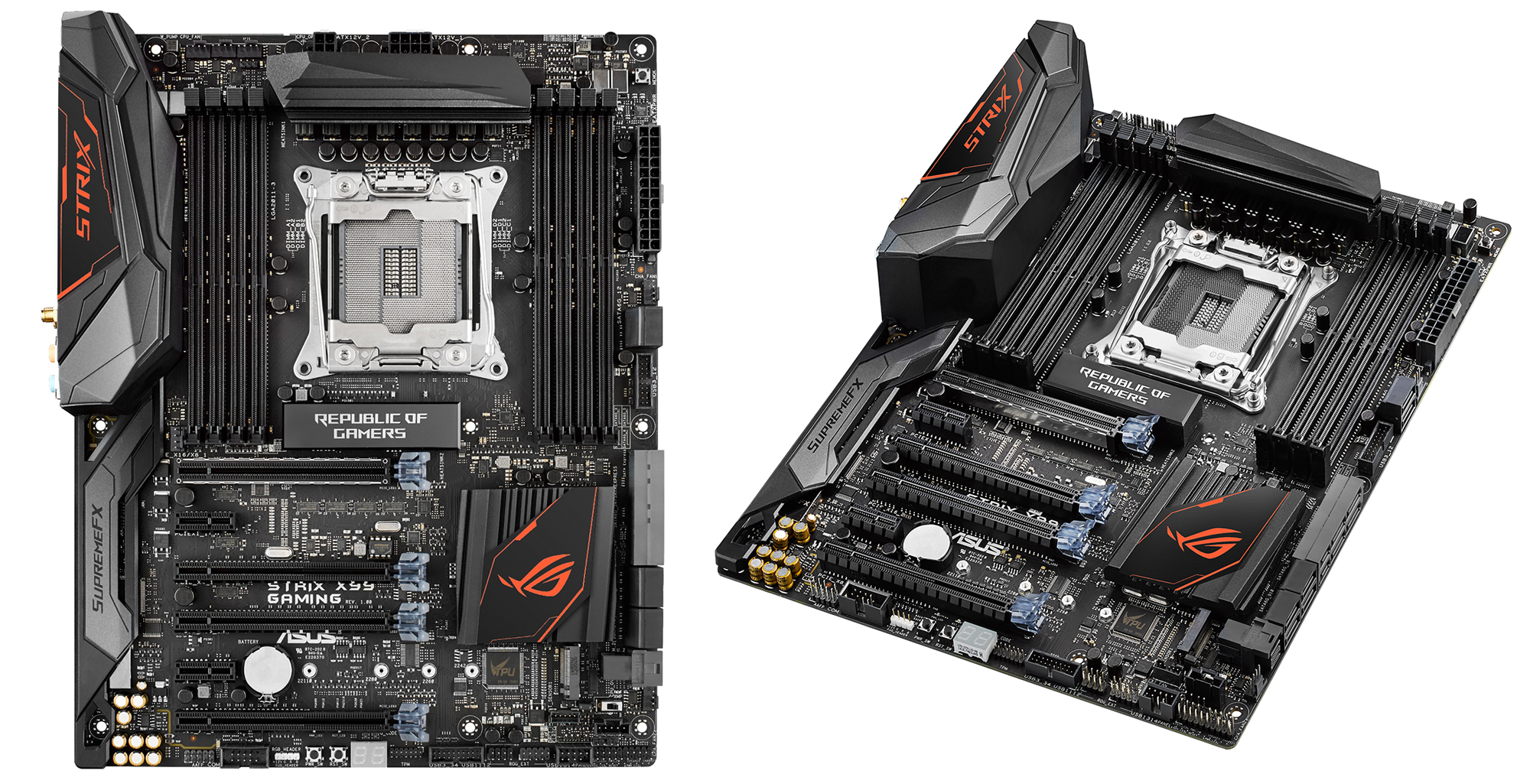Making the Most of Multi-Core Processing
Students at the University of California, Davis, have created the first 'KiloCore' processor. It's an impressive feat in itself, but what it really hammers home for serious overclockers is that the move toward multicores isn't just a temporary trend: it's the future of processing.
The real innovations
Built on a 32nm CMOS process by IBM, the KiloCore chip contains 1,000 independent processing cores, each able to run independently or in parallel. It also has a pooled memory system that eliminates the I/O bottlenecks in the CPU cache that often clog up many-core systems.
Additionally, researchers claim it's uber efficient, with a single core drawing just 0.7mW of power and the whole thing consuming just 13.1W when fully loaded. They say it’s 100 times more efficient than your standard laptop today.
Maximizing multicores
This latest step up at the development stage suggests that it might be time to start reframing how we tune for performance. Clock frequency and gate count improvements in single processors have been leveling off for a few years now, and multicores are all over the place.
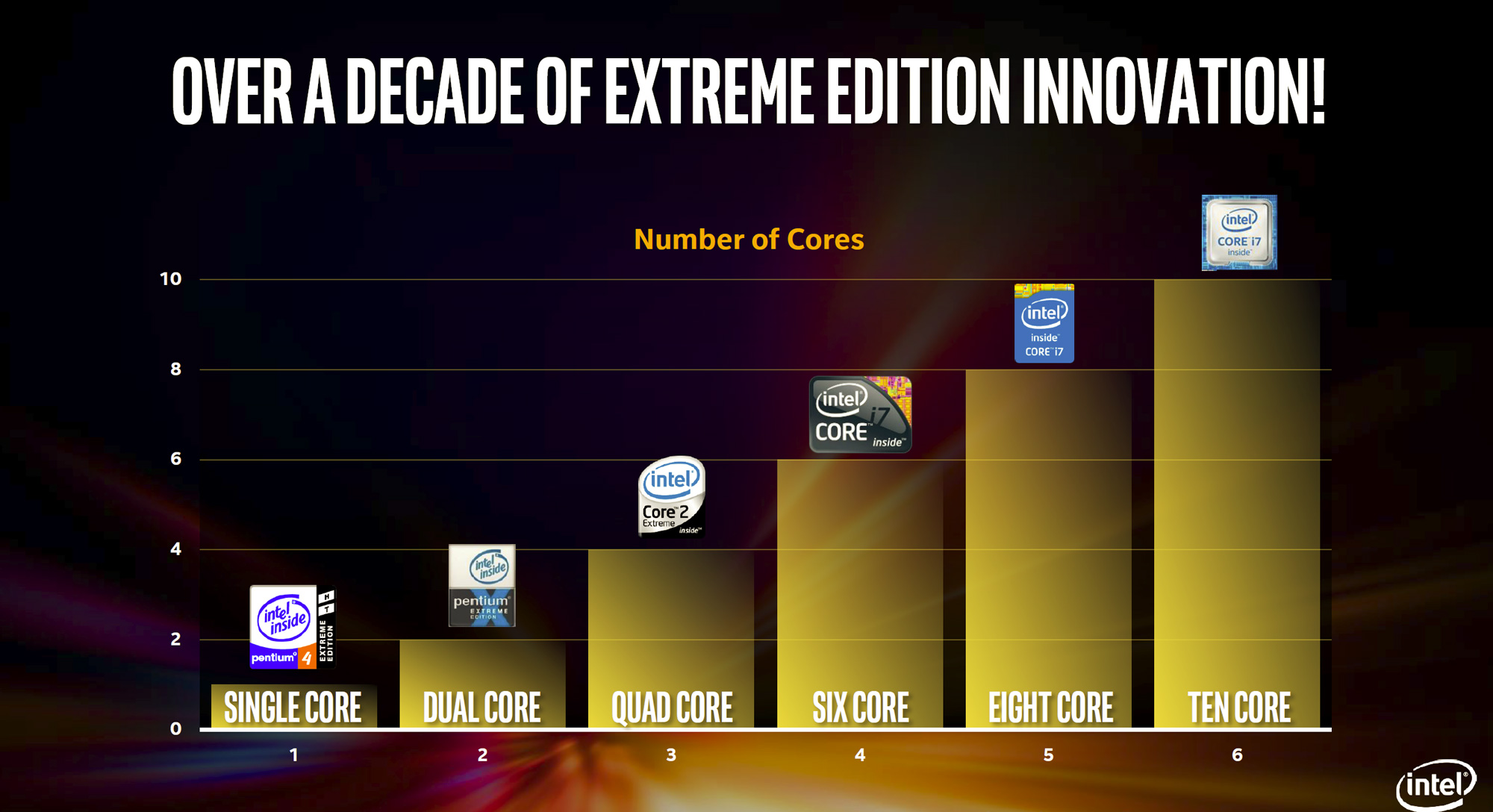
Intel's i7 Extreme is already moving 10-core processors into the market and it's unlocking them for overclockers, too. While that's great news, it's not what really grabs us. One of its most exciting features is the opening of up to 40 PCIe 3.0 lanes that allow huge flexibility in how you expand your capabilities — if your build boasts a motherboard like the Rampage V Edition 10 or Strix X99 Gaming, of course.
Where it matters most
Previously, much of the debate over the value of multicores has hinged on how the software uses them. Video editing software is already excellent at multithreading, harnessing the power of every core to render and play 4K video. Conversely, most games have generally used one or two cores at most, but things are changing.
DirectX 12 is just one of the developments on the horizon that will make it much easier for games to take advantage of multicore processors by giving applications the ability to manage resources and state, and syncing the program with your available hardware. That means multicores are becoming more useful to more people.
To join the debate about how to get the most from multicore processing, head over to the ROG forum. If you are reading on Flipboard, you can like and leave comments there!
![]()
By Michael Edwards
![]()
Author
Popular Posts
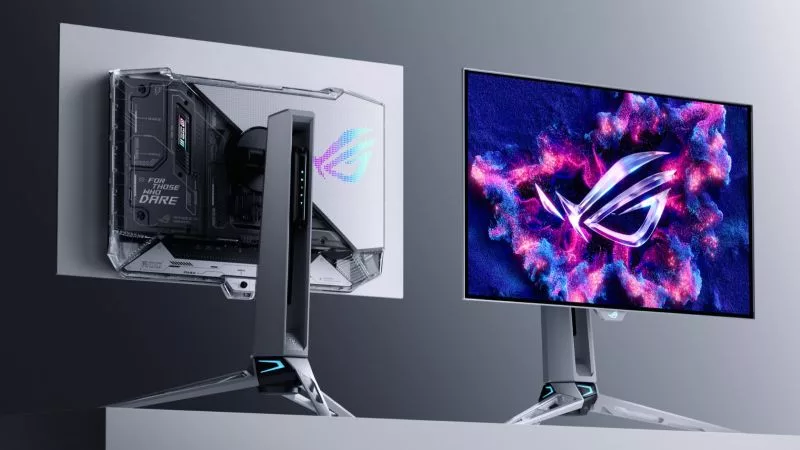
Prepare for Tandem OLED splendor with these new ROG gaming monitors
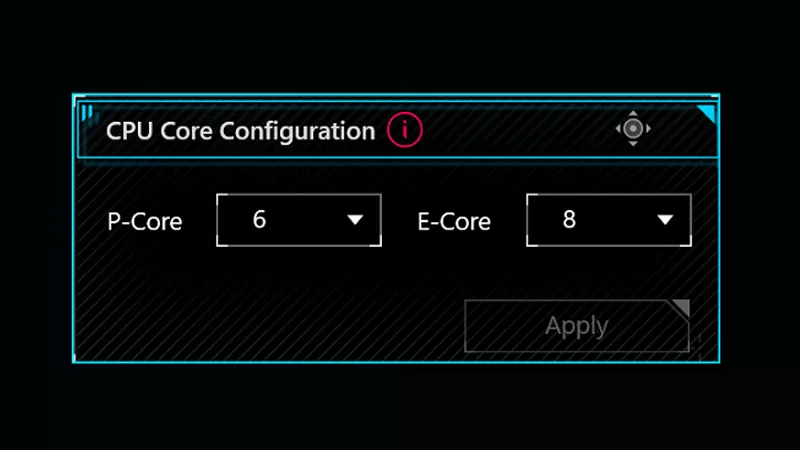
How to adjust your laptop's P-Cores and E-Cores for better performance and battery life

How to Cleanly Uninstall and Reinstall Armoury Crate
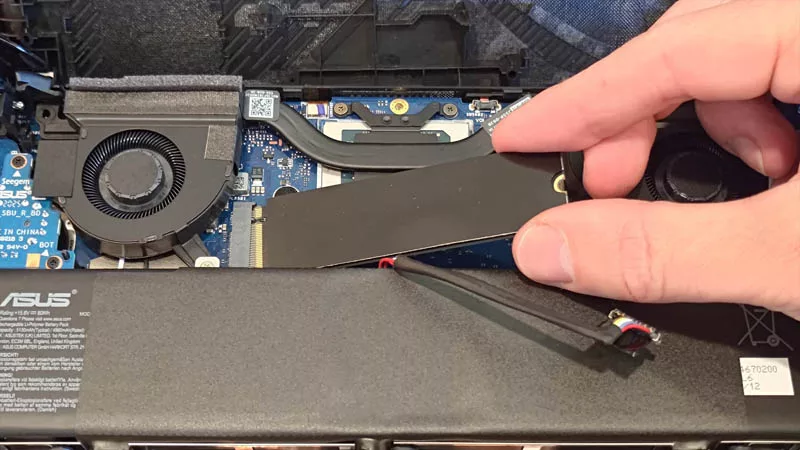
How to upgrade the SSD and reinstall Windows on your ROG Ally, ROG Xbox Ally, or ROG Xbox Ally X
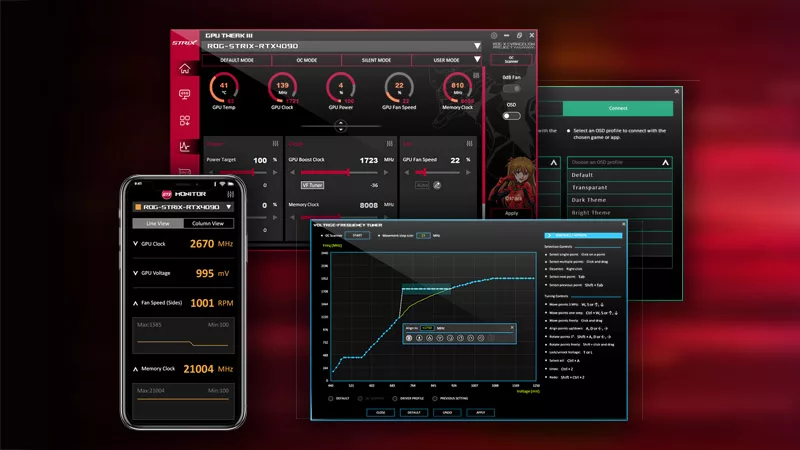
ASUS GPU Tweak III: The ultimate tool for advanced GPU tuning
LATEST ARTICLES
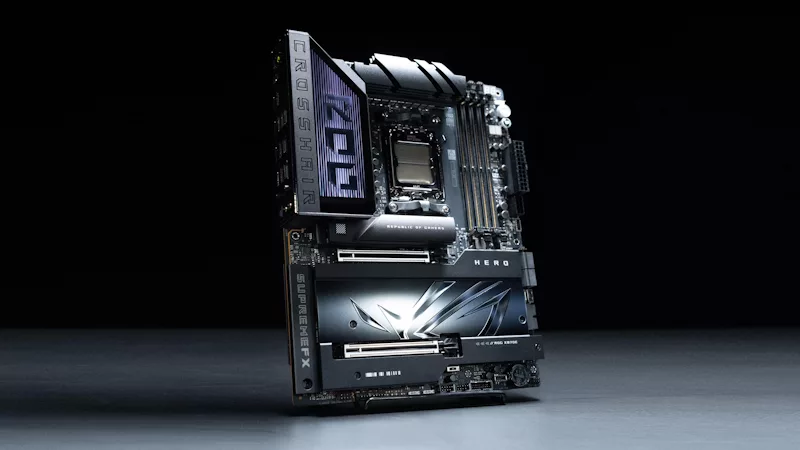
ROG Strix vs Extreme vs Apex vs Hero: What's the difference between ROG gaming motherboards?
When we launch a new generation of motherboards, we don’t just design one model and expect it to meet everyone’s needs. We give you a broad range of options from our ROG Maximus, Crosshair, and Strix lineups so that you can find the board for your next build.
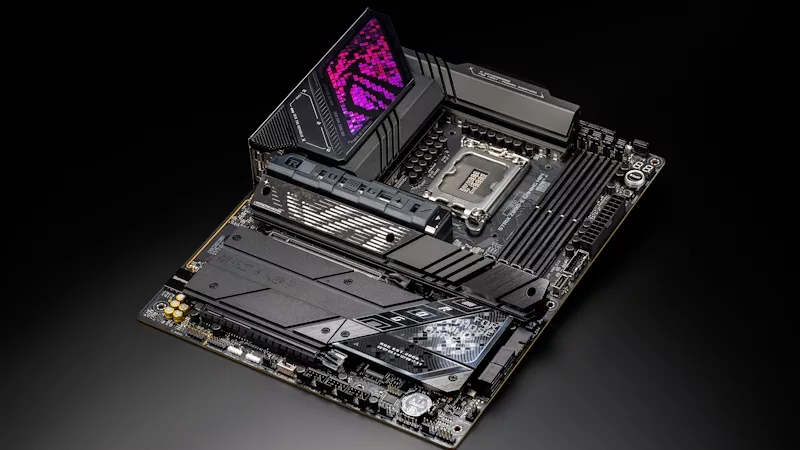
Install up to seven M.2 SSDs on one motherboard with new ROG M.2 PowerBoost tech
Here's how ROG M.2 PowerBoost allows you to install more M.2 drives in one system while enjoying more stable performance.
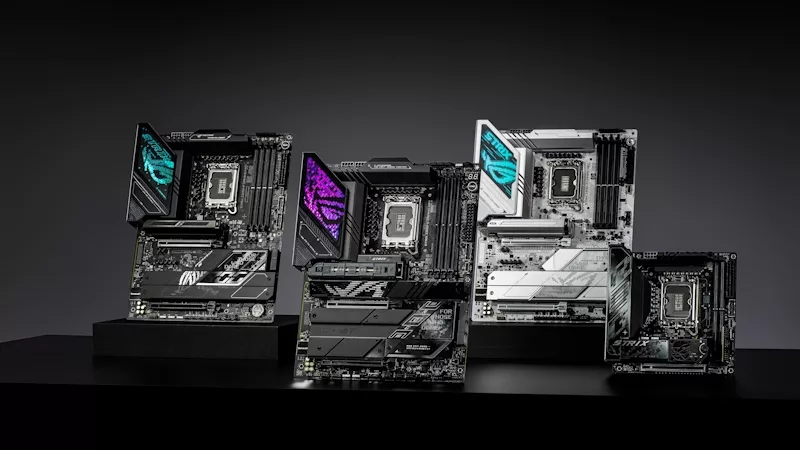
ROG Z890 motherboard guide: meet the new contenders for your next gaming rig
New ROG Maximus and ROG Strix Z890 motherboards stand ready for your Intel Core Ultra (Series 2) CPU.
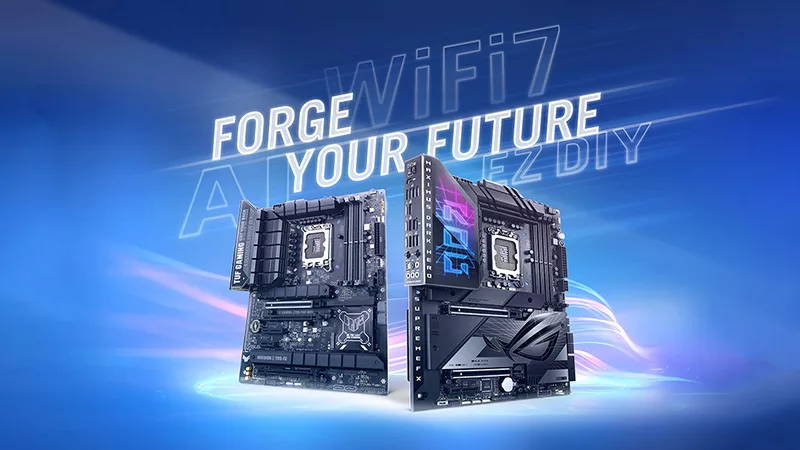
New Z790 motherboards from ROG pave the way for 14th Gen Intel Core CPUs
WiFi 7 support, more fast storage, front-panel device charging, intelligent controls — our latest Z790 motherboards have it all.
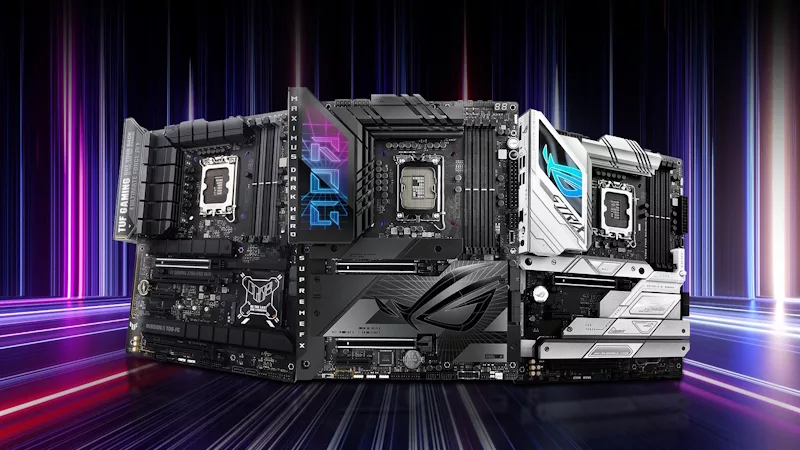
New Z790 motherboards from ROG pave the way for next-gen Intel Core CPUs
WiFi 7 support, more fast storage, front-panel device charging, intelligent controls — our latest Z790 motherboards have it all.

The best motherboards for a Ryzen 9 7950X3D CPU from ROG and TUF Gaming
AMD has released two new processors with 3D V-Cache technology: the Ryzen 9 7950X3D and the Ryzen 9 7900X3D. ROG and TUF Gaming X670 motherboards will provide a rock-solid foundation for these new top-tier chips.
